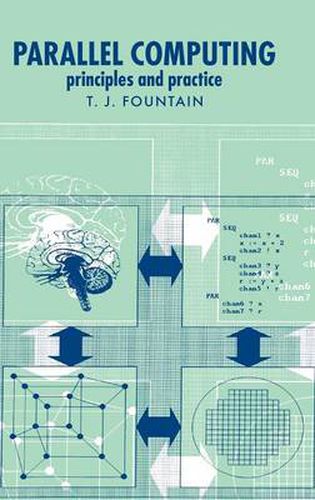Readings Newsletter
Become a Readings Member to make your shopping experience even easier.
Sign in or sign up for free!
You’re not far away from qualifying for FREE standard shipping within Australia
You’ve qualified for FREE standard shipping within Australia
The cart is loading…






This book sets out the principles of parallel computing in a way which will be useful to student and potential user alike. It includes coverage of both conventional and neural computers. The content of the book is arranged hierarchically. It explains why, where and how parallel computing is used; the fundamental paradigms employed in the field; how systems are programmed or trained; technical aspects including connectivity and processing element complexity; and how system performance is estimated (and why doing so is difficult). The penultimate chapter of the book comprises a set of case studies of archetypal parallel computers, each study written by an individual closely connected with the system in question. The final chapter correlates the various aspects of parallel computing into a taxonomy of systems.
$9.00 standard shipping within Australia
FREE standard shipping within Australia for orders over $100.00
Express & International shipping calculated at checkout
This book sets out the principles of parallel computing in a way which will be useful to student and potential user alike. It includes coverage of both conventional and neural computers. The content of the book is arranged hierarchically. It explains why, where and how parallel computing is used; the fundamental paradigms employed in the field; how systems are programmed or trained; technical aspects including connectivity and processing element complexity; and how system performance is estimated (and why doing so is difficult). The penultimate chapter of the book comprises a set of case studies of archetypal parallel computers, each study written by an individual closely connected with the system in question. The final chapter correlates the various aspects of parallel computing into a taxonomy of systems.